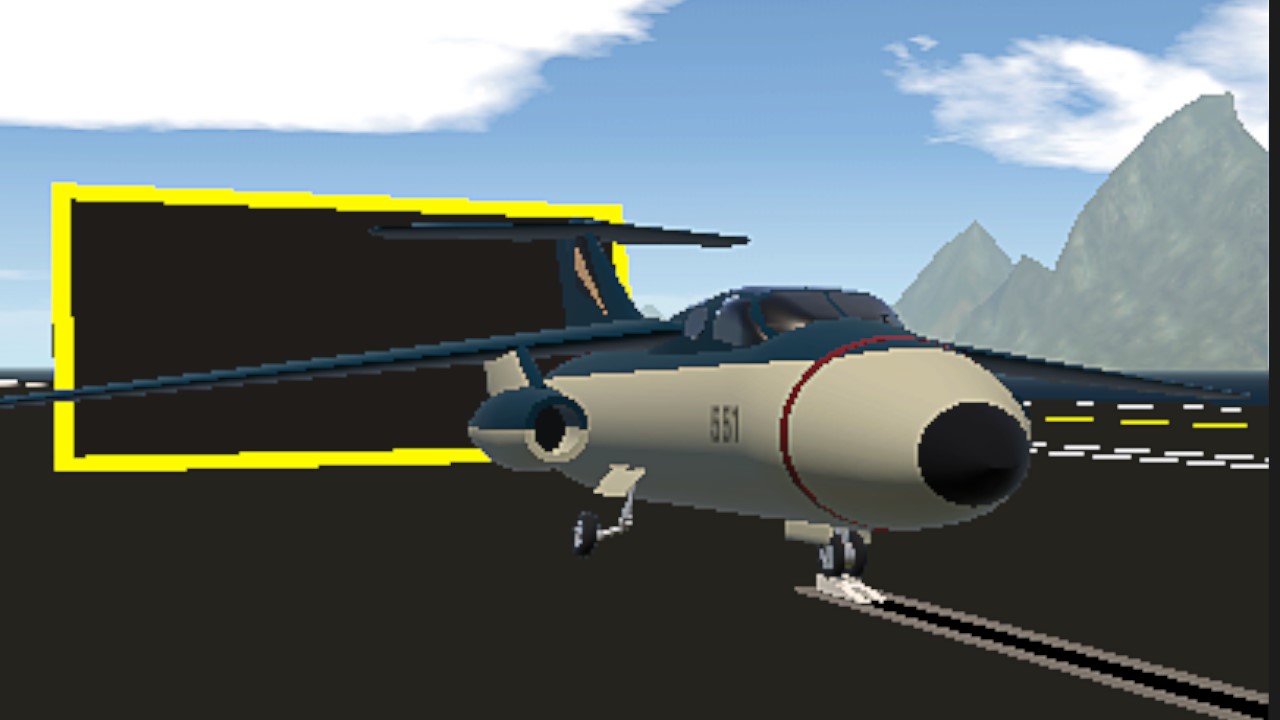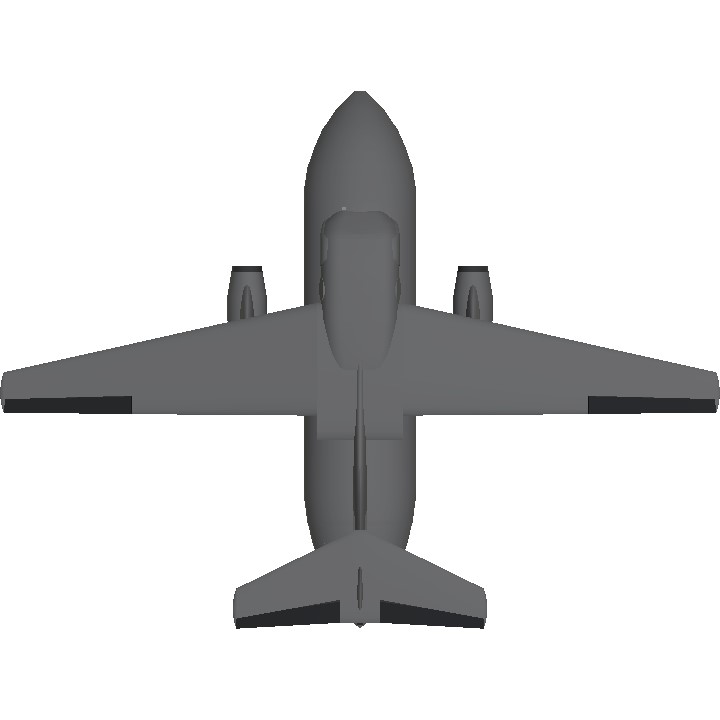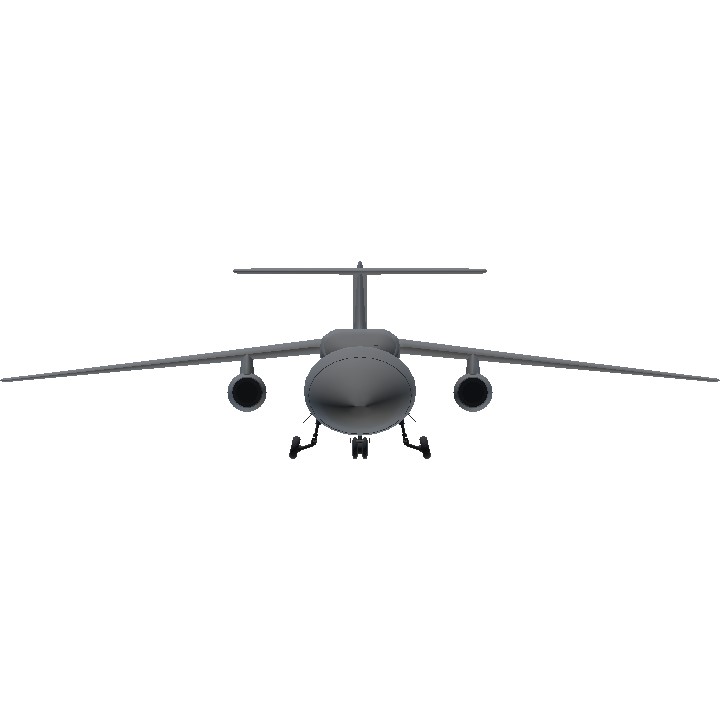The Hawker Siddeley P.139B was a proposed airborne early warning aircraft intended to operate from aircraft carriers of the Royal Navy. The P.139B formed part of the a major equipment procurement plan for the RN in the 1960s intended to give the service a force of new, modern carriers capable of operating air groups consisting of equally modern aircraft. However, cuts in defence spending by the British Government in the mid-1960s meant that these proposals never came to fruition.
The P.139B was the result of design work from the former Blackburn Aircraft design team. In 1962, when they set out on the AEW project, they looked primarily at three scanner configurations - a ventral radome, as with the Skyraider and Gannet; a dorsal radome like the E-1 Tracer; and a Fore Aft Scanner System (FASS) that used a pair of radar scanners mounted at the front and rear of the airframe. Having studied all three in detail, it was determined that the FASS was the one that gave the best performance. This led, in 1963, to the P.139 proposal. The P.139 design was not dissimilar to the Lockheed S-3 Viking in being a relatively short, high-wing monoplane with a pair of high-bypass turbofan engines under the wings; the wings were planned to be hinged so that they would fold next to the engines. To accommodate the FASS system, the design had a tailplane initially planned as cruciform tail, before eventually graduating to a full t-tail plan. The plan was for the Frequency Modulated Interrupted Continuous Wave (FMICW) radar system to be installed with a scanner in the nose and one in the tail, giving it a bulbous appearance, which ended up being suspect in wind tunnel tests. The aircraft was also considered for the Carrier Onboard Delivery role, which would have seen the scanners removed, and the nose faired in, while the tail scanner was removed and replaced with a cone shaped freight door to give access to the internal space for freight or passengers.
Notes
- Uses standard controls, AG1 for arresting hook
Specifications
Spotlights
- SPairforce 2.9 years ago
General Characteristics
- Predecessor War Challenge: The return of the evil (CLOSED)
- Created On Android
- Wingspan 60.2ft (18.4m)
- Length 45.0ft (13.7m)
- Height 16.7ft (5.1m)
- Empty Weight 14,807lbs (6,716kg)
- Loaded Weight 17,095lbs (7,754kg)
Performance
- Power/Weight Ratio 3.943
- Wing Loading 40.6lbs/ft2 (198.0kg/m2)
- Wing Area 421.5ft2 (39.2m2)
- Drag Points 8758
Parts
- Number of Parts 181
- Control Surfaces 7
- Performance Cost 590







If you find any problems, please let me know.